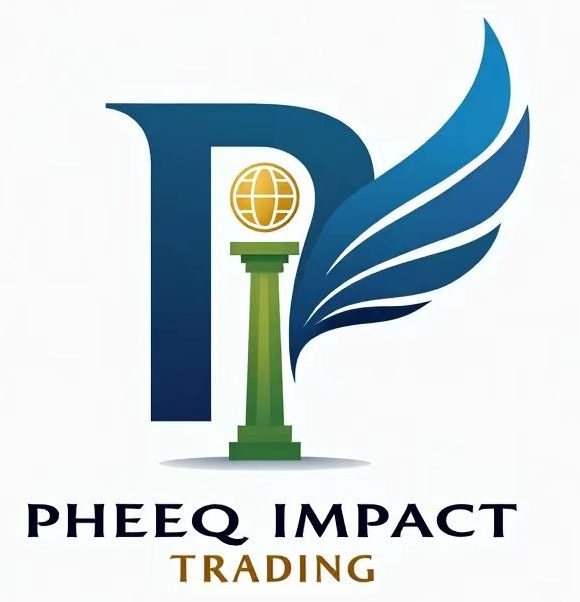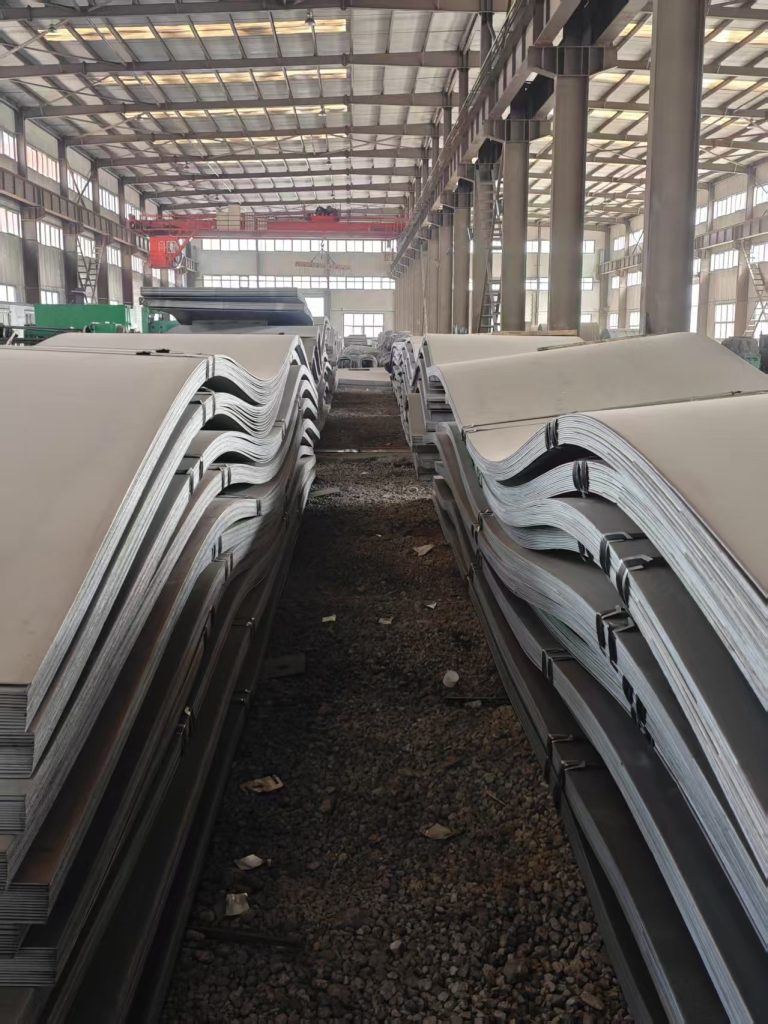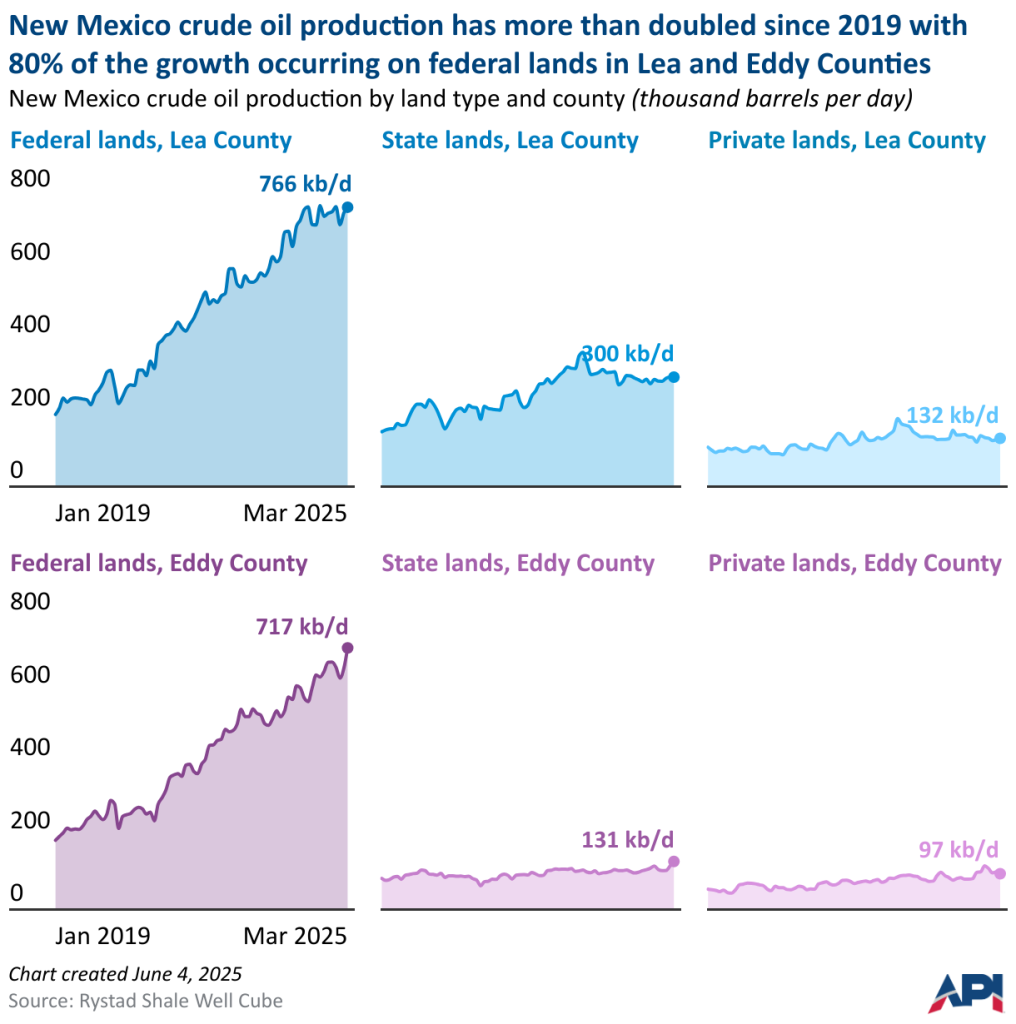US formalizes auto imports quota for UK

A US-UK trade deal formalized today establishes a quota for UK-made cars to be imported into the US and lifts tariffs on aircraft parts but glosses over an earlier promise to carve out quotas for UK-sourced steel and aluminum.
US president Donald Trump and UK prime minister Keir Starmer unveiled the finalized agreement today, on the sidelines of the G7 summit in Alberta, Canada.
Both leaders offered praise for the deal — Trump called the countries’ relationship “fantastic” and Starmer said it was a “really important day”.
While details are few, the agreement limits the number of UK-built cars that can be imported into the US at 100,000 and imposes a 10pc tariff on those vehicles. The US since 3 April has been charging a 25pc tariff on all imported cars. The deal also calls for lifting US tariffs on UK-made aircraft equipment.
The Trump administration pledged in early May to carve out a quota system for UK-sourced steel and aluminum. Trump on 4 June raised tariffs on foreign sourced steel and aluminum to 50pc but kept the tariff rate for the UK at 25pc.
The agreement signed today merely promises that the US administration would do so “at a future time”.
If a quota system is established for the UK, it would allow importing steel and aluminum without the 25pc tariff, the White House said.
The trade agreement keeps in place a broad 10pc tax on all imports from the UK, which Trump imposed on 2 April as part of his “Liberation Day” tariff announcement that cited an “economic emergency” created by US trade deficits.
A US federal appeals court on 31 July will hear arguments from the administration and from a group of plaintiffs, including many US states, who are challenging Trump’s authority to impose tariffs by citing economic emergencies.
Trump imposed tariffs on imports of steel, aluminum, cars and auto parts by using a different authority, which has so far not been challenged in courts.
The trade deal with the UK is one out of two, in addition to a preliminary deal with China, that the administration has negotiated since Trump began to impose tariffs on nearly every US trading partner — after promising in early April to conclude “90 deals in 90 days”.
Trump said today, “We have our trade agreement with the EU, and we have other many, many other ones coming that you will see.”
The Trump administration has not presented any other trade agreement yet








